
döziv – A Modern Symbol of Identity and Innovation
October 2, 2025
SourcedNextDoor.com: Home Design & Cleaning Tips
October 8, 2025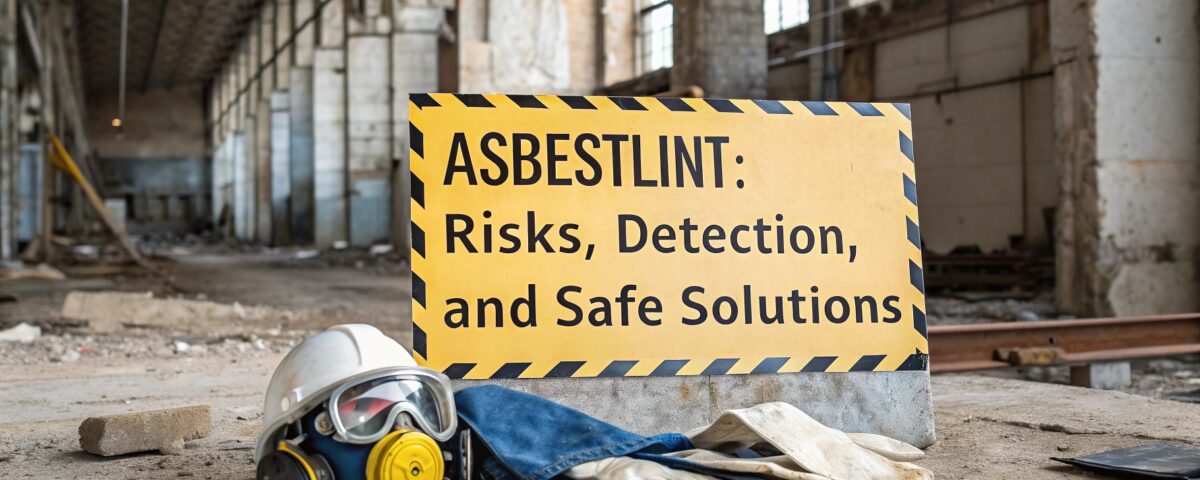
Asbestlint is a lesser-known but dangerous asbestos-based material often hidden in old buildings. It was widely used in insulation, heating systems, and industrial construction due to its durability and fire-resistant properties. While effective at the time, experts later discovered that asbestlint can release harmful asbestos fibers when disturbed. These fibers pose serious health risks, including lung cancer and mesothelioma, making awareness crucial. Whether you are renovating a home, working in construction, or simply concerned about building safety, understanding what asbestlint is, where it may be found, and how to manage it properly is essential for long-term protection.
History and Use of Asbestlint
Asbestlint became popular during the mid-20th century when builders searched for affordable, durable insulation materials. It was used widely in homes, factories, and ships due to its resistance to fire, heat, and corrosion. Many industries relied on it to prevent heat damage in pipes and machinery. Unfortunately, at that time, the health risks of asbestos were unknown. Its widespread use continued until scientific studies revealed that inhaling asbestos fibers could lead to fatal diseases. Today, asbestlint remains present in older structures, serving as a reminder of past construction practices and the importance of safer modern alternatives.
Also Read: Massage Therapy for Sports Injuries and Muscle Recovery
Health Concerns and Risks
The greatest danger of asbestlint is its health impact. Inhaling asbestos fibers allows them to lodge deep in the lungs, where they cannot be removed by the body. Over time, this can lead to diseases such as asbestosis, lung cancer, and mesothelioma. These conditions often appear decades after exposure, making early detection difficult. Even minimal or short-term exposure can be harmful, especially for workers without protective gear. Children and families may also be at risk if fibers spread through clothing or dust. Because of these risks, strict safety measures and professional handling are always recommended.
Health Dangers of Asbestlint Exposure
Exposure to asbestlint can cause irreversible illnesses. The sharp, microscopic fibers irritate lung tissue, leading to breathing problems and long-term damage. Asbestosis causes lung stiffness and constant coughing, while mesothelioma—a rare cancer—develops in the lining of the lungs or abdomen. Lung cancer risk is also higher for those exposed, especially smokers. Even small amounts of inhaled asbestos can trigger health issues later in life. Since there is no safe exposure level, experts strongly advise against disturbing any suspected asbestos material. Prevention, safe handling, and early professional detection are the only reliable ways to protect against exposure dangers.
Signs That Your Building May Contain Asbestlint
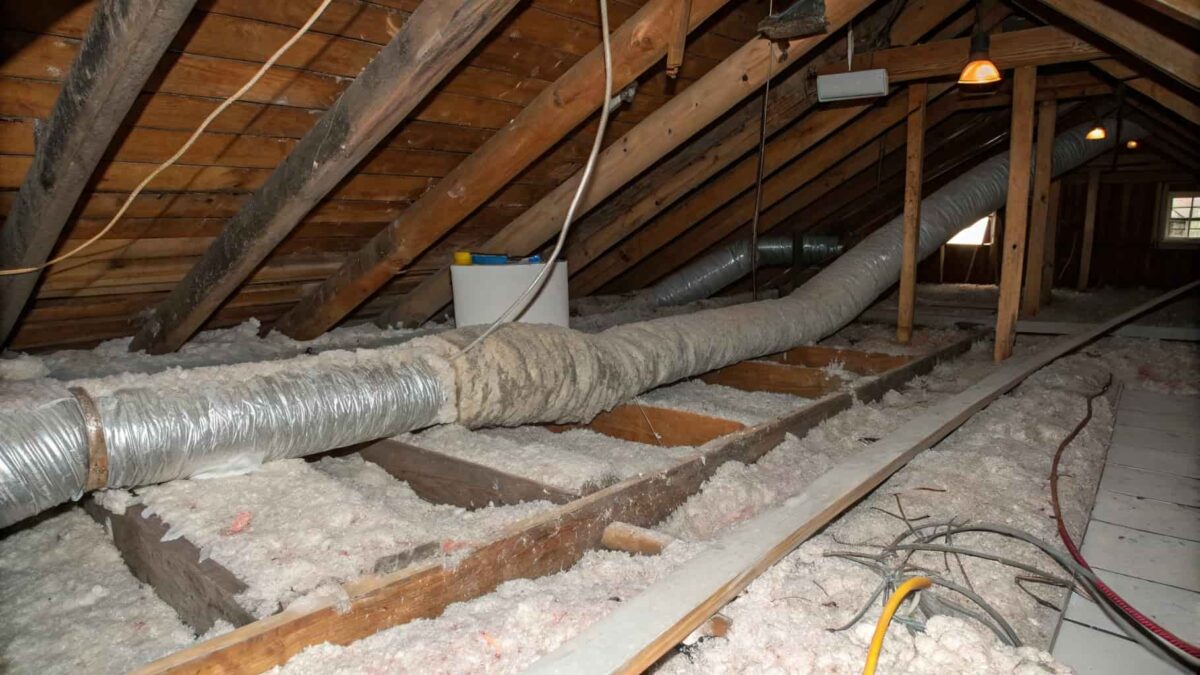
Homes or buildings built before the 1980s are most likely to contain asbestlint. Some visible signs include old, fraying insulation around pipes, boilers, or heating ducts. It may appear as fluffy or lint-like material, often white, grey, or brown in color. If you notice unusual fibrous insulation in attics, basements, or utility rooms, avoid touching it. Disturbing the material can release fibers into the air. The safest step is to stop work immediately and call a certified asbestos inspector for testing. Identifying these warning signs early can prevent serious exposure risks during renovation or demolition.
Common Sources of Asbestlint Exposure
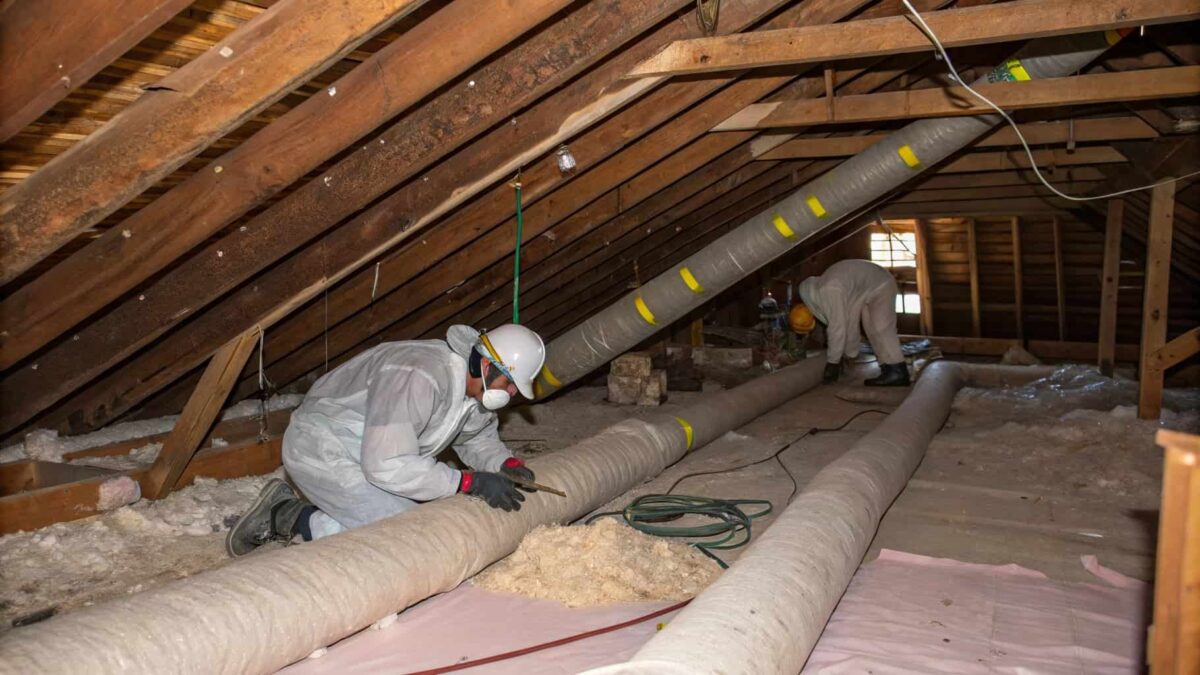
Asbestlint is commonly found in buildings constructed before the 1980s. It was used in pipe insulation, boilers, furnaces, attics, and heating ducts. Industrial plants also applied it in machinery requiring heat resistance. Construction workers, plumbers, and electricians face higher risks as they may unknowingly disturb hidden asbestos during repairs. Even family members can be exposed if fibers are carried home on clothes or tools. Because asbestlint looks like normal insulation, it is difficult to identify without proper testing. Anyone working in older homes or buildings should assume unknown fibrous material might contain asbestos and take safety precautions.
Detection and Handling: How to Safely Detect Asbestlint
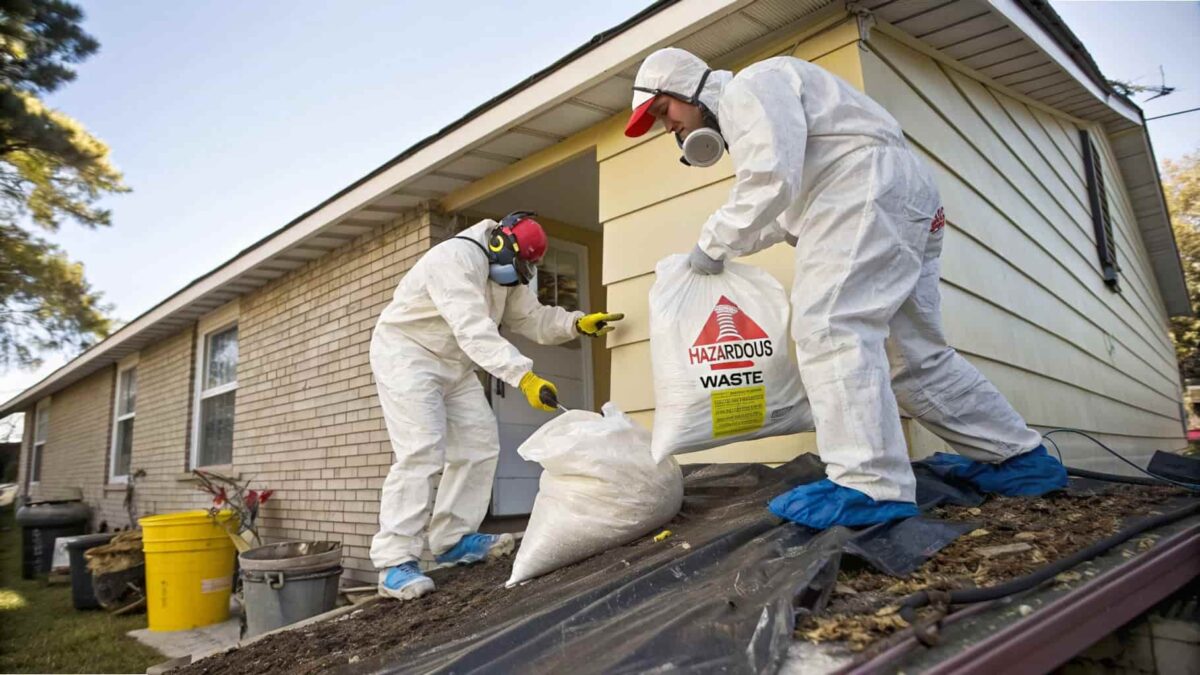
Identifying asbestlint is not easy and should never be done by untrained individuals. It resembles harmless insulation, so visual checks are unreliable. The safest way is to hire licensed asbestos inspectors who collect small samples and test them in labs. Until confirmed, any suspicious material should be treated as hazardous. Professional handlers use respirators, gloves, and protective clothing, while sealing off areas to stop fibers from spreading. DIY testing or removal is dangerous because disturbing the material releases fibers into the air. Safe detection and handling always require certified experts following strict safety rules.
Why Professional Removal Is Important
Professional asbestos removal ensures complete safety and legal compliance. Experts use specialized equipment to seal off contaminated areas, minimize dust, and safely collect the material. They also dispose of it at certified hazardous waste facilities, following strict environmental laws. Attempting to remove asbestlint yourself is highly dangerous—it can contaminate the entire area within minutes. Professionals are trained to manage these risks efficiently, protecting you, your family, and workers. Choosing certified asbestos contractors guarantees that the process meets national safety standards and prevents long-term health or legal problems.
Preventing Future Exposure: Modern Solutions and Alternatives
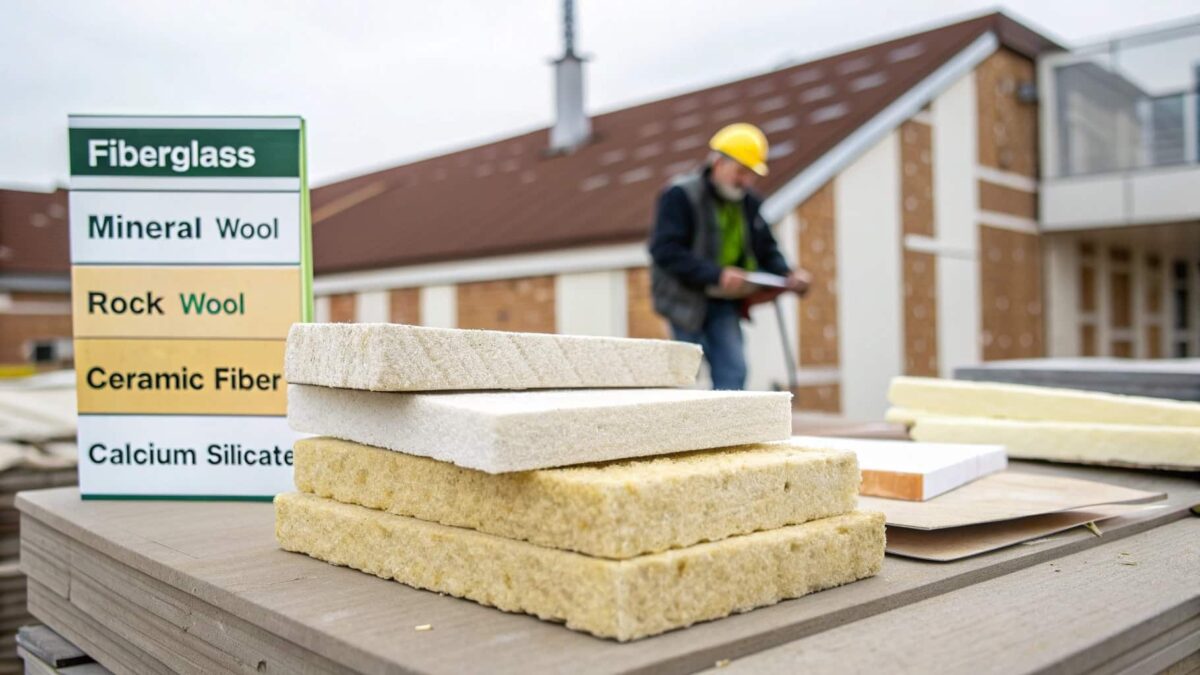
The best prevention against asbestlint is replacing it with safe materials. Modern alternatives include fiberglass, mineral wool, rock wool, ceramic fiber, and calcium silicate boards. These provide the same insulation benefits without health risks. In advanced projects, aerogels are also used for high-performance insulation. Regular building surveys help identify whether replacement is needed, especially in old properties. Awareness training for workers and safe renovation practices further reduce risks. By planning carefully and choosing asbestos-free materials, builders and homeowners can protect both health and the environment. Prevention is the most effective way to eliminate future exposure dangers.
Government Regulations and Safety Standards
Most countries have banned asbestos use, but older structures still contain materials like asbestlint. Governments require asbestos surveys before major renovations or demolitions and mandate licensed professionals for removal. Violating these regulations can result in heavy fines or health liability. International agencies such as the World Health Organization (WHO) and Occupational Safety and Health Administration (OSHA) also set strict exposure limits and safety protocols. Following these regulations protects workers and ensures buildings remain safe for future use. Compliance isn’t just legal—it’s essential for long-term public health and safety.
Proper Disposal of Asbestlint

Disposing of asbestlint must follow strict safety and legal guidelines. Licensed contractors carefully remove it by wetting the material, sealing it in airtight bags, and labeling it as hazardous waste. These bags are then transported to approved asbestos disposal facilities. In some cases, encapsulation or enclosure methods are used, but complete removal is often preferred. Homeowners should never attempt disposal on their own, as mishandling can spread fibers throughout the home. Following professional procedures ensures safety for workers, families, and the environment. Proper disposal is not just legal compliance,it is essential for long-term health protection.
Importance of Proper Management of Asbestos Exposure Risks
Managing asbestos risks like asbestlint requires responsibility and prevention. Property owners must ensure safe living and working spaces by arranging asbestos surveys and keeping detailed records. Employers in construction should provide training, protective gear, and safe work policies for their staff. Governments regulate asbestos use strictly because related illnesses are preventable with proper management. By sealing, removing, or replacing asbestos, future risks can be reduced. Safe management is not only about following rules but about protecting lives and avoiding financial or legal consequences. Responsible action today ensures healthier communities and safer environments in the future.
Conclusion
Asbestlint remains a hidden danger in many older buildings. Though once valued for its strength and fire resistance, it now represents one of the greatest health risks in construction and renovation. When disturbed, it releases deadly fibers that can cause incurable diseases. Safe management requires awareness, early detection, professional handling, and responsible disposal. Modern, asbestos-free alternatives offer a safe path forward for both homeowners and industries. By prioritizing prevention and safety, we can reduce exposure risks and protect future generations. Handling asbestlint is not optional—it is a responsibility that safeguards health and lives.
FAQs
Q1. What is asbestlint?
Asbestlint is an asbestos-based insulation material found in older buildings.
Q2. Why is asbestlint dangerous?
It releases harmful fibers that can cause lung diseases and cancer.
Q3. Where is asbestlint usually found?
Mostly around pipes, boilers, furnaces, and heating ducts in pre-1980s buildings.
Q4. Can I remove asbestlint myself?
No, only certified professionals should handle asbestos safely.
Q5. What are safe alternatives to asbestlint?
Fiberglass, mineral wool, rock wool, and ceramic fiber are safe replacements.
Related Topics
döziv – A Modern Symbol of Identity and Innovation
https :// : thehometrotters.com – our Guide to Home Decor
Physical Therapy Exercises for Knee Injury Recover

